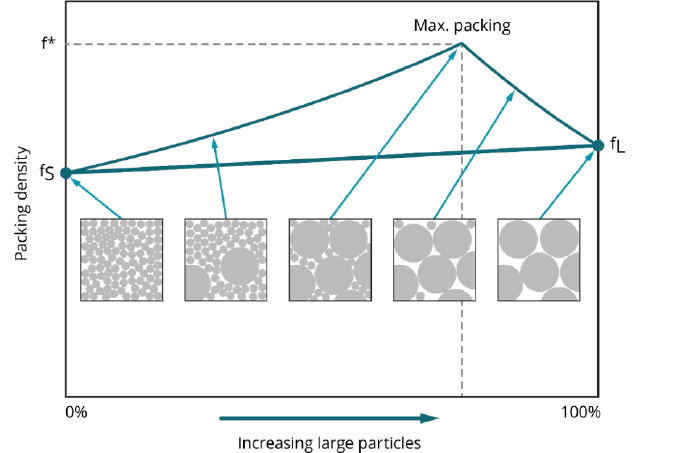Abstract:
A knowledge of particle size distribution and how it impacts the inherent properties of a powdered metal and a final part is vital for ensuring that the powder is suitable for a particular application. It is also important for ensuring that the powder is within the specified limits to enable the produced part to achieve the desired quality.
Summary:
The particle size distribution of metal powders is an integral and defining parameter that must be monitored to ensure that batches of material are within specification and can provide the desired in-process behavior and finished product performance. Laser diffraction is both a fast and efficient method for measuring the particle size distribution of metal powders over a very wide dynamic range in both dry and wet dispersions. Closely matching results between dry and wet measurements of the same sample can be obtained and comparing the two allows the primary particle size, and indeed the whole size distribution, to be validated.






